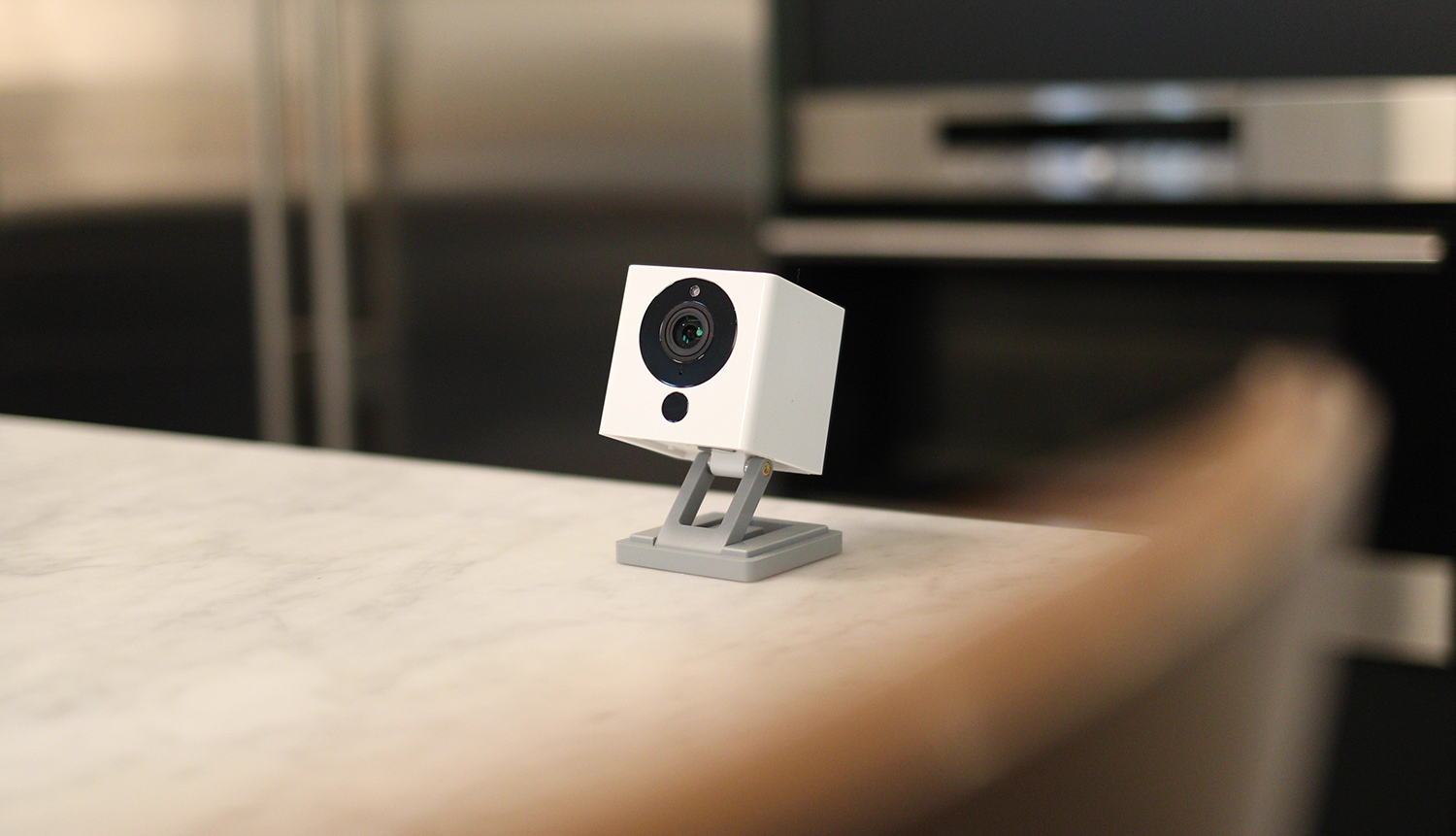THE HIDDEN PLAYER SPURRING A WAVE OF CHEAP CONSUMER DEVICES: AMAZON
©Wyze
To understand Amazon’s role, let’s take a closer look at how WyzeCam leveraged the power of Amazon. Wyze’s device sells for $20 plus shipping if you buy directly from the company’s website or $30 on Amazon, where members of the company’s Prime service can get it delivered within two days. Nest’s and Netgear’s comparable indoor cameras sell for around $200 each. Similar to its branded competitors, Wyze Labs' gadget is a small, internet-connected video camera, which one might use for security or to keep an eye on your dog or your baby. The single biggest difference is that it is being sold for an unbelievably low price of $20.
Wyze’s low prices are born of two ideas, which are both connected to Amazon. The company’s three founders all worked at the retail giant, and they said they had been inspired by Amazon’s high-volume, low-margin approach to sales and it is banking on long-run success. They are one of dozens of companies relying heavily on Amazon to create online brands. Other examples include Yi, which makes action cameras that rival GoPro, or RAVPower, TaoTronics and VAVA, three consumer electronics brands owned by Sunvalley Group. Sunvalley, a Chinese company, said it would exceed $300 million in sales this year, with about 90 percent coming through Amazon.
But how do you establish a brand online? That’s the second place Amazon comes in. Though they snubbed every other retailer, Wyze’s founders recognized that they needed an Amazon storefront to help them establish an instant presence next to the big guys. Customer rankings and reviews on Amazon have become just about the most important factor in how consumers buy electronics products. Amazon pages come up high on search results like Google’s, so a positive rating on Amazon can effectively create a brand and a negative rating can break one. Likewise, similar to Google search results, Amazon ads, which show up as “sponsored” results on Amazon’s search page, lift a product in the website’s search rankings.
In an earlier time, you might have dismissed companies like these as “Chinese knockoffs” that had a poor reputation, because of there average quality. Even if it is selling at a good price, who wants to risk buying a no-name portable smartphone charger if it might blow up in your face? However, what consumers often do not know is that Amazon heavily penalizes companies that make poor products and encourages high quality at a low cost.
In fact, whilst the company begun to manufacture some white-label products themselves, it has been supporting businesses to set up shop on its site. The company said that half of its products came from small businesses, and that in 2016, more than 100,000 businesses exceeded $100,000 in sales through its system. Amazon also started a lending program to allow those businesses to scale up; last year, its loans exceeded $3 billion.
While the growth of high-quality, low-priced brands on Amazon seems unquestionably good for consumers, the trend does produce economic losers. “As this takes off, it really makes you start to question, you know, what is a brand in the Amazon age?” said Scot Wingo, executive chairman of ChannelAdvisor, an e-commerce consulting firm. The classic worry about Amazon is that it puts local retailers out of business. Now another worry is that by exposing global brands to the harsh reality of low-priced competitors, it may put them out of business, too.
We’re going to get better products for ludicrously low prices, and big brands across a range of categories are going to find it harder than ever to get us to justify higher prices for their name and products. “There is this erosion of what it means to be a traditional consumer product brand.” In conversation with the New York Times, Mr. Wingo said: “In a way, Amazon is providing all this information that replaces what you’d normally get from a brand, like reputation and trust. Amazon is becoming something like the umbrella brand, the only brand that matters.”
